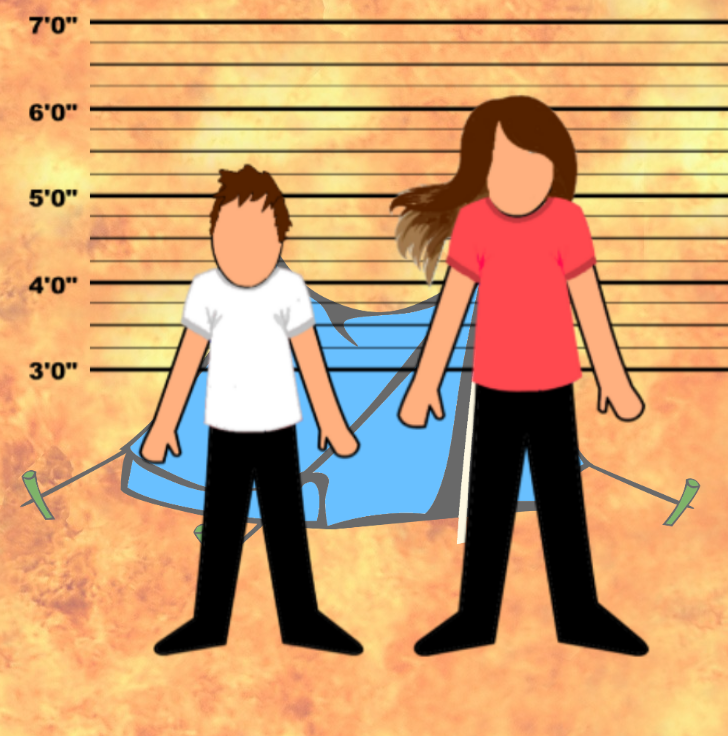Audience: KS3
Subject: Computing
Topic: Boolean Logic
Question: Who do you think started the fire and why?
Author: Reflective Thinking
Description
This is a ‘whodunit’ style mystery about a detective who uses ‘AND’, ‘OR’ and ‘NOT’ Boolean logic operators to help him solve a case about who started a fire and why.
Students play the role of the detective by reading witness statements to narrow down suspects from a larger input set (just as they would use these operators to narrow down search results from a very large set of input data).
Although there is no one right answer, if students combine the clues provided, with the application of simple Boolean logic, they can work out who might have been involved in different activities the night of the fire and make their own arguments as to what happened.
The mystery comes in 3 difficulty levels:
Easy
- Provides 1 witness statement for each activity (e.g. having a BBQ)
- Only by considering all the statements and applying the logic provided can students form a theory of what may have happened and why
Medium
- Provides a 2nd witness statement for each activity that doesn’t actually add any new information but provides a different logical presentation of the same thing (e.g. ‘not light hair AND not tall’ = ‘dark hair AND small’)
- This helps students understand how the same statement can be represented differently with the use of the ‘NOT’ Boolean operator
Hard
- Adds 2 more witnesses and 1 more activity (purchasing matches) to add to the complexity of the story
- Only by logically combining the statement of the two witnesses can the students know who may have bought the matches
This mystery can be used either to discuss the use of simple logical operators or as an assessment tool for students’ understanding of how to apply such simple Boolean logic to narrow down results from a larger input set.
Tips
The ‘note’ tool is ideal in this mystery for students to log the results of applying the logic of each witness statement or alternatively they could use pen and paper to write down a table of which suspects may have been involved in each activity.
All levels
- Understand the use of AND, OR, and NOT Boolean logic operators.
- Use logical reasoning to make conclusions based on a number of logical statements
- Understand different ways of representing the same logical statement with the use of the NOT operator (e.g. dark hair = NOT light hair)
- Combine more than one logical statement to find out a result

